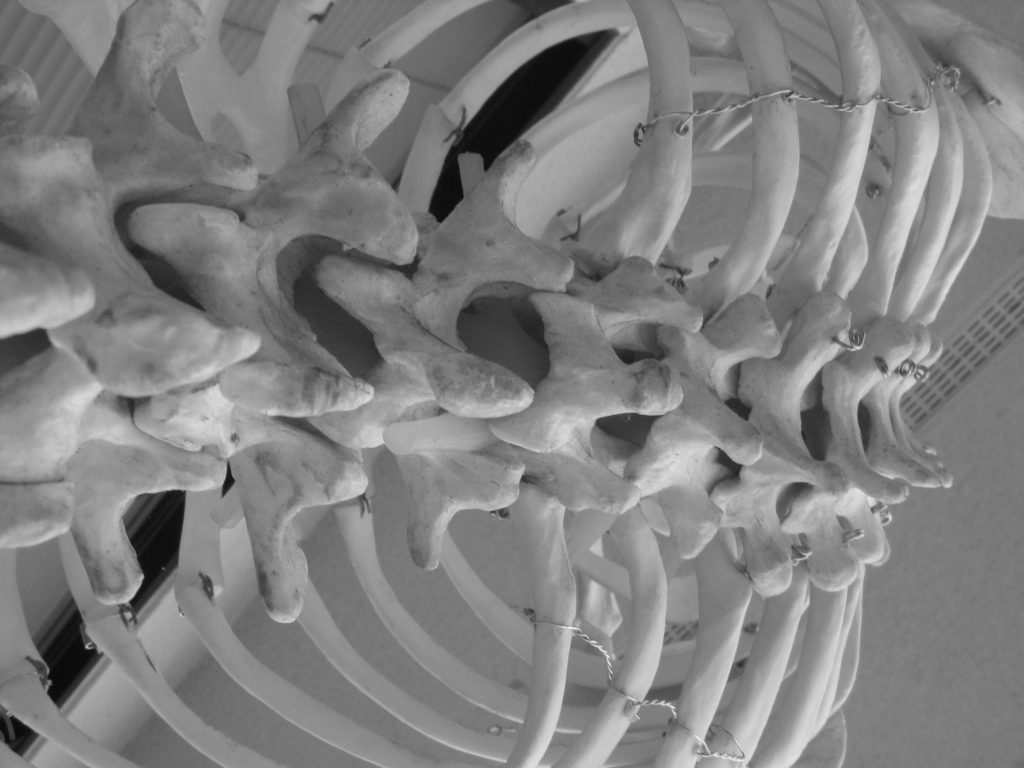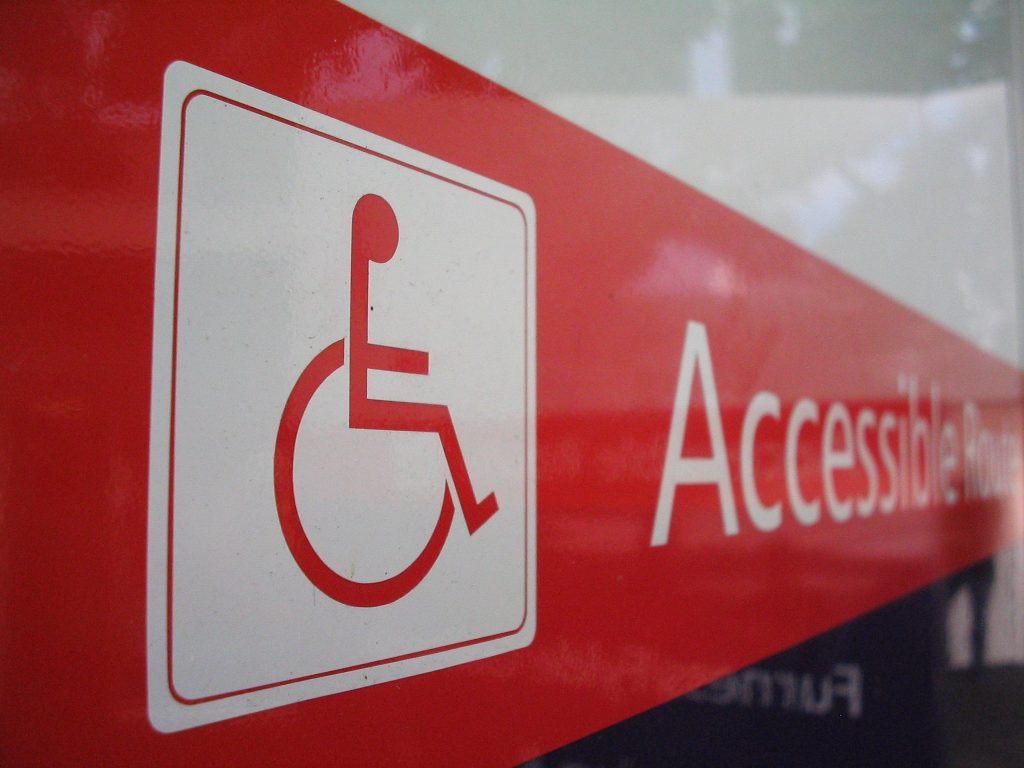 Getting seriously injured on the job is always a terrible experience, but what if it is unclear for purposes of a lawsuit who you even work for? You know that someone owes you compensation for your injuries, but in this recent case out of Natchitoches Parish that “someone” may not be where your employment application was filed.
Getting seriously injured on the job is always a terrible experience, but what if it is unclear for purposes of a lawsuit who you even work for? You know that someone owes you compensation for your injuries, but in this recent case out of Natchitoches Parish that “someone” may not be where your employment application was filed.
International Paper Company (“IPCO”) hired Turner Industries Group, LLC (“Turner”) to perform maintenance work on IPCO’s recovery boiler. Garred Whotte, an employee of Turner, was sent to IPCO to construct scaffolding necessary to the maintenance work. While on the job, his feet started burning, resulting in chemical burns to his feet and ankles. Mr. Whotte brought a personal injury lawsuit against IPCO. IPCO filed a successful motion for summary judgment arguing that it was immune from a personal injury lawsuit under the Louisiana Workers’ Compensation Act (“Act”) which limits recovery to the provisions of the Act. The Tenth Judicial District Court for the Parish of Natchitoches specifically found that Mr. Whotte was a “statutory employee” of IPCO at the time of the injury limiting Mr. Whotte to workers’ compensation benefits. Mr. Whotte appealed to the Louisiana Third Circuit Court of Appeal.
The remedies provided to a worker under the Act are the exclusive remedy an employee can seek against his employer or principal pursuant to La. R.S. 23:1032(A)(1)(a). A “principal” is a person who has contracted with another to perform work as part of the business at the time of worker’s injury. The principal, as the statutory employer, is protected from tort lawsuits and given the protections of the Act as the exclusive remedy for those injured on the job. La. R.S. 23:1061. In the event of a contract between the principal and employer, the contract must contain language recognizing the principal as the statutory employer. Language to this effect creates the presumption of a statutory employer, however, this presumption can be overcome only by showing that the work is not an integral part of or essential to the ability of the principal to generate their goods, products, or services.
 Louisiana Personal Injury Lawyer Blog
Louisiana Personal Injury Lawyer Blog


 “My neck, my back, my neck and my back” is a cliche that has been used in television shows and movies when someone gets hurt in an accident and likely tends to file a lawsuit. Although Caddo Parish, Louisiana woman, Ruth Toliver, may not have used the exact phrase, she did fall on the job and filed for workers’ compensation benefits. After receiving a workers’ compensation settlement, she filed a lawsuit to recover for additional injuries. But whether Ms. Toliver could recover twice proved another matter.
“My neck, my back, my neck and my back” is a cliche that has been used in television shows and movies when someone gets hurt in an accident and likely tends to file a lawsuit. Although Caddo Parish, Louisiana woman, Ruth Toliver, may not have used the exact phrase, she did fall on the job and filed for workers’ compensation benefits. After receiving a workers’ compensation settlement, she filed a lawsuit to recover for additional injuries. But whether Ms. Toliver could recover twice proved another matter.  Sometimes we are asked to do a task at work that we do not feel qualified to perform. We think things like, “Hey, that wasn’t in my job description.” Well, that’s essentially what happened to Mark Barto but, unfortunately, attempting to perform his assigned task resulted in a back injury that led Mr. Barto to file a lawsuit.
Sometimes we are asked to do a task at work that we do not feel qualified to perform. We think things like, “Hey, that wasn’t in my job description.” Well, that’s essentially what happened to Mark Barto but, unfortunately, attempting to perform his assigned task resulted in a back injury that led Mr. Barto to file a lawsuit. Employees can pit employers against each other just like children do with parents. If permission is limited by one person the employee/child will simply repeat their request to the other party. What an employee is permitted to do can be ambiguous. In a recent automobile accident case out of Shreveport however, the Louisiana Second Circuit Court of Appeal affirmed that employer “permission” in Louisiana provides a wide berth to an employee and can result in unexpected liability.
Employees can pit employers against each other just like children do with parents. If permission is limited by one person the employee/child will simply repeat their request to the other party. What an employee is permitted to do can be ambiguous. In a recent automobile accident case out of Shreveport however, the Louisiana Second Circuit Court of Appeal affirmed that employer “permission” in Louisiana provides a wide berth to an employee and can result in unexpected liability.  On the sea, a life jacket can save your life. In the courtroom, the life jacket that can save your case is provable and relevant facts. Seaman, Frank Glaze, recently found this to be true when a Louisiana Court dismissed his Jones Act personal injury case due to a lack of evidence.
On the sea, a life jacket can save your life. In the courtroom, the life jacket that can save your case is provable and relevant facts. Seaman, Frank Glaze, recently found this to be true when a Louisiana Court dismissed his Jones Act personal injury case due to a lack of evidence. An accident at the workplace is never fun, not for the employer, and certainly not for the employee. In addition to the difficulty of the injury itself, determining who pays for the medical treatment is often in dispute. Whether there is enough evidence to show that the accident actually caused the injury helps a judge decide if the employer is required to pay. This connection may also play into whether the payment will be limited to a $750 cap.
An accident at the workplace is never fun, not for the employer, and certainly not for the employee. In addition to the difficulty of the injury itself, determining who pays for the medical treatment is often in dispute. Whether there is enough evidence to show that the accident actually caused the injury helps a judge decide if the employer is required to pay. This connection may also play into whether the payment will be limited to a $750 cap. Over the last few years, we have all seen the videos of police arrest that seem to involve excessive methods. These videos stoke controversy and encourage a discussion on what constitutes “excessive force” during an arrest. Even with video evidence, the actions of the police and the arrestee are subject to multiple interpretations. The search for the truth becomes even harder when the arrest is not videoed and the participants all give different testimony on those events. The following case out of Shreveport Louisiana demonstrates how the Civil court system handles differing testimony on allegations of excessive force during an arrest.
Over the last few years, we have all seen the videos of police arrest that seem to involve excessive methods. These videos stoke controversy and encourage a discussion on what constitutes “excessive force” during an arrest. Even with video evidence, the actions of the police and the arrestee are subject to multiple interpretations. The search for the truth becomes even harder when the arrest is not videoed and the participants all give different testimony on those events. The following case out of Shreveport Louisiana demonstrates how the Civil court system handles differing testimony on allegations of excessive force during an arrest. In the world of workers’ compensation, being injured while on the job is an obvious requirement. Things tend to get muddled however in these cases over accident dates, pre-existing injuries, and the actual cause of the injury. In the following case, Carlos Harvey had all these things working against him in his claim for workers’ compensation benefits against his employer Sol’s Pipe & Steel (“Sol’s”).
In the world of workers’ compensation, being injured while on the job is an obvious requirement. Things tend to get muddled however in these cases over accident dates, pre-existing injuries, and the actual cause of the injury. In the following case, Carlos Harvey had all these things working against him in his claim for workers’ compensation benefits against his employer Sol’s Pipe & Steel (“Sol’s”).  Navigating an ERISA disability insurance claim through the courts can be a difficult task. The best ERISA disability isurance claim lawyers can help be your guide to ensure your rights are protected. The following case that arises out of the Federal Court system in New Orleans demonstrates the issues that can arise when you fail to timely provide the required documents to prove your case and your insurer denies your disability claim.
Navigating an ERISA disability insurance claim through the courts can be a difficult task. The best ERISA disability isurance claim lawyers can help be your guide to ensure your rights are protected. The following case that arises out of the Federal Court system in New Orleans demonstrates the issues that can arise when you fail to timely provide the required documents to prove your case and your insurer denies your disability claim. When going to the nail salon, the last thing anyone thinks about is falling and getting seriously injured. Slip and fall accidents happen all the time, and it is important to gather as much evidence as possible and retain a good personal injury attorney in order to build the best possible case for yourself. The courts do not look favorably on those who make a claim and have very little evidence to back it up, as Pamela Burnett (“Ms. Burnett”) discovered when trying to win damages from the Lucky Nails salon.
When going to the nail salon, the last thing anyone thinks about is falling and getting seriously injured. Slip and fall accidents happen all the time, and it is important to gather as much evidence as possible and retain a good personal injury attorney in order to build the best possible case for yourself. The courts do not look favorably on those who make a claim and have very little evidence to back it up, as Pamela Burnett (“Ms. Burnett”) discovered when trying to win damages from the Lucky Nails salon.